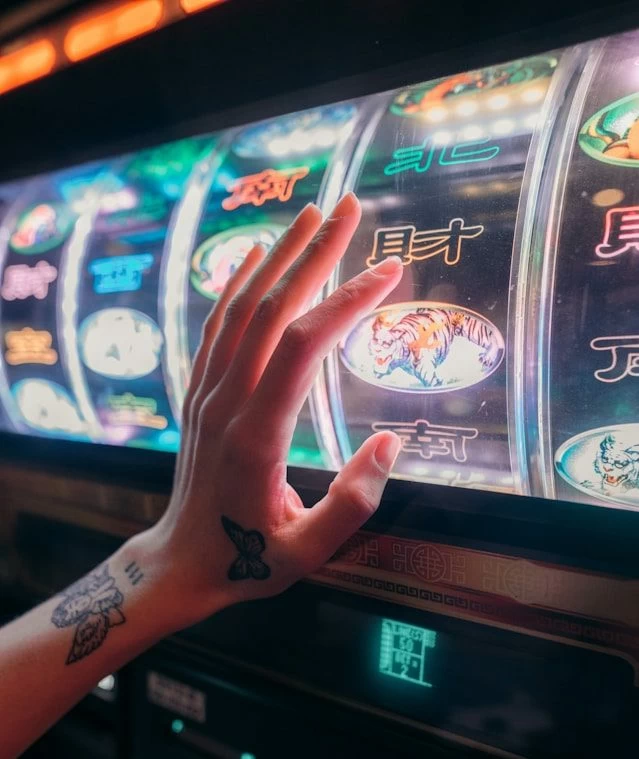When I talk about Casino Games OS, I don’t mean a single branded product like Windows or Linux. Instead, I use it as a shorthand for the specialized software environments that power the gambling industry. These include the embedded systems inside slot machines, the casino management platforms that connect entire gaming floors, and the online iGaming systems that deliver digital play worldwide. Together, they function like an operating system for the casino world, handling everything from game execution to security and compliance.
My journey with this ecosystem — which I’ve come to think of as “Casino Games OS” — has been one of discovery, challenges, and a growing appreciation for just how much technology supports the entertainment value players see on the surface.
My First Encounter with Casino Games OS
The first time I worked with Casino Games OS, I was struck by its simplicity on the surface and its complexity underneath. Unlike standard operating systems, this one was built to meet strict requirements. Uptime, encryption, and compliance were not afterthoughts, they were its very foundation. I realized immediately that running a casino game wasn’t just about entertaining players, it was also about maintaining trust, meeting regulations, and protecting revenue.
Why Stability Matters in Casino Gaming
Casino operators cannot afford downtime. If a player spins the reels and the system freezes, confidence is lost in seconds. This OS was designed with fault tolerance and redundancy in mind, ensuring that thousands of users could play simultaneously without a noticeable drop in performance. Coming from a background where cross-platform compatibility often slowed me down, seeing this level of resilience felt like stepping into a new era of software development.
Tools for Developers and Operators
What impressed me most was the customization offered to developers. Casino Games OS came with APIs, testing sandboxes, and modular components for different game types. Building a slot machine required a different approach than a blackjack table, yet the OS streamlined the process with a common framework. Developers could focus on storytelling, graphics, and player engagement rather than constantly reinventing technical systems. This flexibility allowed us to spend more time on the creative side of game development, which ultimately makes the industry thrive.
Connecting Physical and Digital Casinos
One of the most fascinating aspects is how it integrates physical casinos with online platforms. A slot machine on a casino floor can connect to the same backend as a mobile title, so loyalty data, jackpots, and compliance checks flow across both environments. This bridge helps traditional operations adopt digital speed while preserving the reliability players expect.
Slot Machine Economics
Understanding the cost of a slot machine is key to seeing why operators weigh hardware, licensing, and compliance before approving a new release. On average, a new cabinet ranges from $15,000 to $25,000 depending on hardware, cabinet design, peripherals, and any licensed themes. Branded titles often cost more. Beyond the purchase price, operators budget for game and platform licensing, ongoing maintenance, peripheral replacements such as bill validators or ticket printers, and regular software updates to meet regulatory requirements. Casino Games OS reduces much of that overhead by centralizing updates and compliance tooling, so operators can patch fleets without touching each cabinet. For online-first properties, the savings are even greater compared to maintaining rows of physical machines.
Security as a Core Value
Another area where this OS stood out to me was security. Casinos are natural targets for fraud and cyberattacks, which means their platforms must be hardened from the ground up. This OS included encryption at every level, certified random number generators, and strict monitoring systems to prevent manipulation. Having worked in environments where security was bolted on after release, I admired that Casino Games OS treated it as an integral part of the design.
The Player’s Perspective
After exploring the system as a developer, I wanted to see it from a player’s viewpoint. The results were impressive. Load times were quick, transitions between games were smooth, and the system stayed stable under heavy traffic. Players rarely think about the OS behind the scenes, but their trust in the game depends on it. Casino Games OS ensured that the technical side supported the emotional side, keeping players immersed in the experience.
The Future and Lasting Value of Casino Games OS
Casino Games OS is evolving alongside wider tech trends, with mobile-first design, artificial intelligence, and virtual reality shaping the next generation of gaming. Cloud-based deployments already allow operators to reach players worldwide with minimal delay, while AI tools are being tested to improve user safety and detect problematic play.
Whether someone is pulling the lever of a cabinet or tapping “spin” on a smartphone, the OS ensures every moment is seamless and secure. In that reliability lies the true jackpot.

